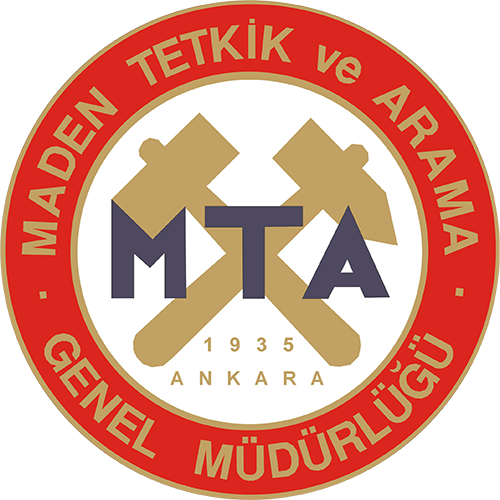Details
GIS-based analytical hierarchy process, weight of evidence and logistic regression models for the landslide susceptibility predicting in Echorfa Region (northwestern of Algeria)
CBS tabanlı analitik hiyerarşi süreci, kanıtların ağırlığı ve Echorfa Bölgesi’nde (Cezayir’in kuzeybatısında) heyelan duyarlılığı tahmini için lojistik regresyon modelleri
Indexed In
Volume 170 / 2023Authors
Zine El Abidine ROUKH, Abdelmansour NADJIKeywords
Analytical Hierarchy Process, Landslide, Logistic Regression, Susceptibility Mapping, Weight of Evidence.Abstract
The main objective of this study is destined to combine the Analytical Hierarchy Process (AHP), Weight of Evidence (WOE), Logistic Regression (LR) methods and geographic information system (GIS) to predict landslide susceptibility of the Echorfa region (northwestern of Algeria). Nine factors such as slope, aspect, lithology, distance to faults, lineaments density, distance to the streams, precipitations, land use and altitude are included in landslide susceptibility evaluation process. A detailed landslide inventory map was established by satellite images and filed surveys. Three landslide susceptibility maps are established using the different statistical models. Five landslide susceptibility categories are generated by the GSI classification nil, low, moderate, high and very high susceptibility. The performance of the different models in landslide susceptibility is calculated based in the area under curve of the Receiver Operating Characteristic (ROC) which give a satisfactory result. The results showed that the WOE is more performance than the two other techniques. The produced landslide susceptibility maps provide important spatial information about landslide prone area, where the constructed map’s content will help the decision makers in land use planning.
Click for .pdf Türkçe .pdf için tıklayınız
